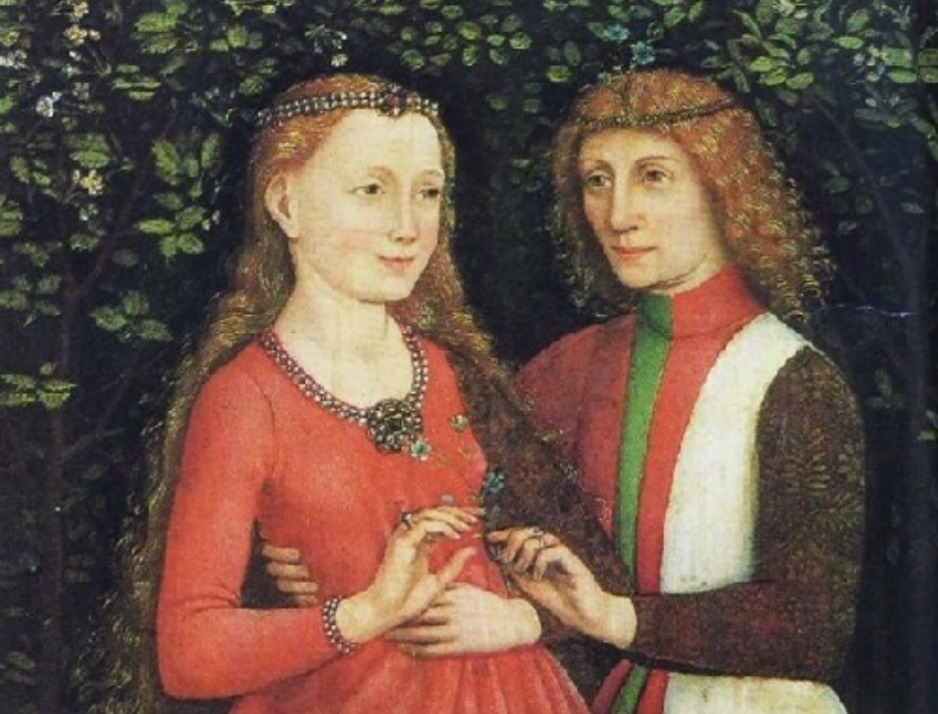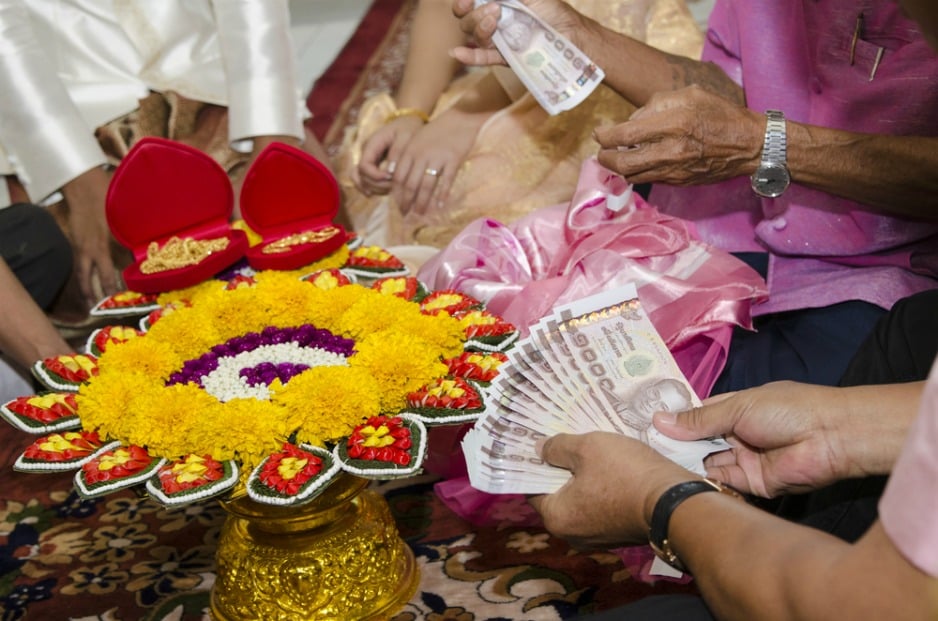How Has Proposing Changed Throughout History?
Having decided on the ideal location, prepared a romantic speech and bought the perfect engagement ring, all there is to do is bend the knee and secure a ‘yes’. However, bending the knee, and even giving a ring, has not always been the typical manner in which to propose. Even asking the partner in question hasn’t always been the way to do things. Throughout history proposing has changed massively to become the instantly recognisable act that it is now.
The Giving of A Ring
In the distant past cavemen tied cords with braided grass to their chosen partner’s wrists, ankles and waist to subdue their spirit. Fast forward a few thousand years and, according to Pliny the Elder, the bride is given a gold ring to wear for the ceremony and special events, and an iron ring for home, to signify the groom’s ownership of her. Later, the Victorians would often give gifts of jewellery braided with their hair and spell out affectionate names with expensive gems.
Related: What’s The Best Engagement Ring Style For Her Hand Type?
Surprisingly, the first use of a diamond engagement ring was seen in 1477 when Archduke Maximilian of Austria proposed with a ring that had the letter ‘M’ spelled out in shards of diamond. An exchange of some type has always been a necessary factor of proposing, and the ring, having no beginning or end, became the perfect embodiment of true love and commitment to another.

Maximilian I giving a ring to Mary of Burgundy. Image: hemmahoshilde.wordpress.com
Proposing Throughout History
The actual act of proposal has changed dramatically over time. Most marriages in the past were arranged, with the two families agreeing on the payment of a dowry to the groom. Certain factors like age, wealth, ethnicity and religion were important points of debate. Now, in many modern arranged marriages, photographs are exchanged and both families meet. This is the first time the bride and groom will meet and they will not be alone until after the wedding ceremony.

Proposals are now more commonly love marriages than arranged marriages. Though proposals are usually private, romantic affairs, it’s still considered proper for the groom to gain the bride’s father’s permission before asking the bride. Social media means our lives are increasingly being made public and as a result there has become a need for proposals to be unique. Flash mob proposals, secret photographers or proposals of a nature similar to a surprise party have become increasingly common. What these all still feature though, is a bent knee.
Why Do We Bend The Knee When Proposing?
Bending the knee is an image that is deeply ingrained in our conciousness. Though there is no clear historical origin of it, there are many situations in which people have had to historically kneel. During certain religious rites worshippers kneel as a sign of respect. Knights historically kneel when receiving honours and they also kneel in supplication to a victorious enemy. Kneeling then, can be seen as a gesture of surrender to one’s loved one, committing oneself completely and indicating this through a position of complete vulnerability.
Related: 9 Quotes From Literature To Inspire An Amazing Proposal

The position also places the ring in an elevated place, allowing the light to hit it and bringing attention to your level of commitment to your partner. Though the many facets of a proposal have changed over the years, its nature of unifying two people is still the same. Proposing makes the proposer’s level of commitment as crystal clear as the diamond on the perfect engagement ring.
How did you propose? Tell us all about it in the comments below!




